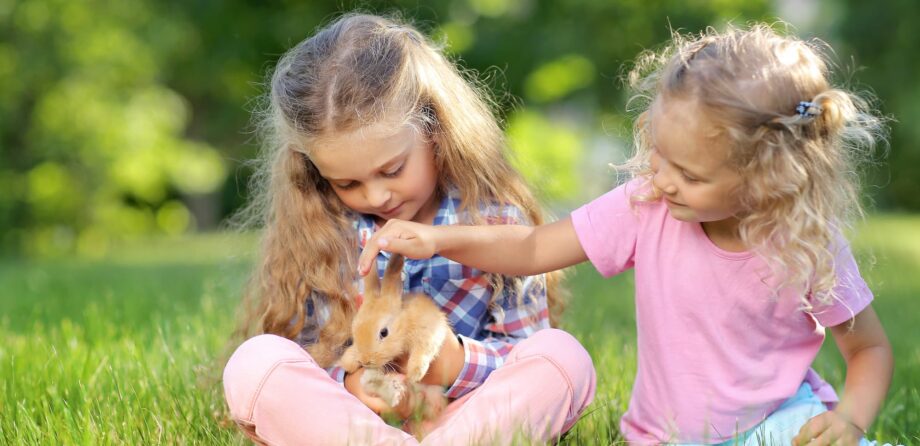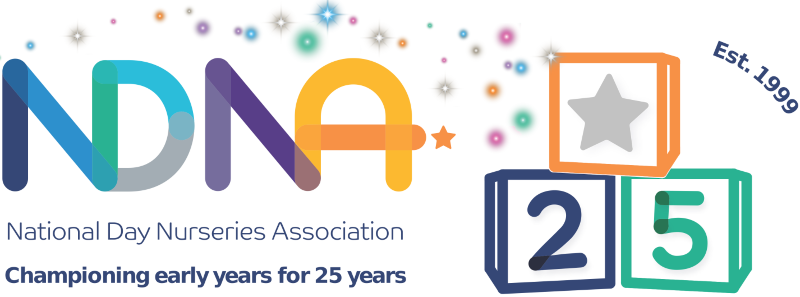
Animals and pets at nursery
They say never work with children and animals, but as we know, working with children is hugely rewarding – so how can a nursery integrate animals and keep nursery pets in its provision?
While most early years settings will have toy animals there’s no substitute for the real thing. Interacting with and learning about live animals allows children the opportunity to learn in a much deeper and richer way.
As our lives become busier, far fewer families have pets at home. So what are the best ways to provide your children with first-hand experience of a wide variety of animals and what do you need to consider?
We spoke to a range of nursery owners and managers and took advice from our own early years experts to bring you some food for thought.
What are the benefits of nursery pets?
The benefits of nursery pets are endless.
Considering the needs of another is one of the building blocks of empathy and learning to talk about feelings and emotions is also an important skill for nursery children.
These are just some of the advantages of children experiencing real live animals, even for a short time.
Anna Yazarlou, manager at Toybox Day Nursery and Pre School in Brighouse, West Yorkshire, has first-hand experience of the difference animals can make in a setting.
We found the children really came out of their shells when we brought live animals into nursery, even those normally reluctant with their speech wanted to interact with the animals and each other.
Toybox uses its pupil premium funding to bring in experts such as Zoo Lab for dedicated sessions.
The nursery also has a staff member who owns Giant African Land Snails and often brings them into nursery for the children to see and hold. Hatching butterflies has also become a regular activity at Toybox as it’s relatively inexpensive and fairly easy to do.
Anna explains: “We used to have a nursery pet guinea pig but a child with a fur allergy joined us so we had to make some changes.
“We find using companies to bring animals in allows children to experience a far wider range of creatures, and ones that wouldn’t normally be family pets too. We’ve had scorpions, rats, mice, snakes, spiders, and even a giant millipede!”
Are nursery pets practical?
Some have a resident nursery pet. Others choose to give their children experiences of live animals at certain times of the year.
Which approach is right for you will depend on many factors. NDNA’s early years advisers state that practicalities should be carefully considered:
- Make sure you are prepared for how much care a pet will need, thinking especially about weekends and holidays if you’re in a term time-only setting
- There’s feeding, exercise and cleaning out to consider, as well as insurance and trips to the vets for check-ups and vaccinations
- If you have an enthusiastic manager or practitioner who is willing to do most of the work, who will cover when they are on holiday?
- It’s important to note that Ofsted will check that pets are up to date with their vaccinations and registered with a local vet. And it is good practice, of course, to consult not just with your team but with your children and their families, ideally involving them at the start of the process and gathering views before you make decisions
- If you decide to go ahead, you could offer a vote on which pet to get – based only on options you’d be willing to go ahead with of course!
- If you’re getting more than one pet it’s vital to double-check they aren’t the opposite sex or you might end up with more pets than you bargained for and if it’s a female, do make sure it isn’t pregnant when you buy it.
How to have animals without actually having animals!
Adopt a squirrel – tempt them into your outdoor space with fat balls and watch their acrobatics in the garden. You could even build them an assault course
Bird feeders that stick on to windows will give children a close-up view as well as doing the birds a favour by providing food in winter
Add a bug hotel to your outside space and go bug hunting, complete with magnifying glasses and hats!
You never know what you’ll find under a stone in the park. Take a walk on the wild side with the children to your nearest park, pond or green space to see what animals you can spot
Go pond dipping – many wildlife trusts or RSPB reserves have facilities and equipment if you don’t have a local pond that’s safe to go to.
Rich learning in a wide range of subjects
Animals offer a great opportunity to make connections to many areas of the curriculum.
There are clear links to personal, social and emotional development in teaching the children about caring for something which is unable to care for itself, being gentle and understanding boundaries such as how best to handle the animals.
Looking at life cycles, from birth to death, is also an important part of development for children, which is a reason so many nurseries choose to buy caterpillars and hatch butterflies which can then be released into the wild. Facing the idea of death is very important, according to Rachel Hill, owner of Hillside Childcare in Normanton and Altofts, West Yorkshire, which hatched quail eggs at several of their nurseries.
“We spoke in detail to the farmer to make sure the quails had a good home too to afterwards. He also came in to talk to the children about caring for the eggs, explaining that if the eggs didn’t jiggle a little that probably meant the chick had died.
“Before the eggs arrived at nursery we discussed death at circle time, as well as looking at books with the children. So when one of our chicks did, unfortunately, die after it hatched, the children handled it really well.
“I think it’s important even with young children, to be honest about death and it’s also a critical part of learning about life cycles. Our children were prepared for this potential outcome so coped very well when the worst happened.”
The Children’s House in Stallingborough, Lincolnshire, also hatches chicks. Jo Robinson, Nursery Manager, said: “We do this every year. It’s a wonderful, joyful experience for the children, providing many positive opportunities for hands-on learning and rich discussion.”
Having books in nursery about the animal you’ve chosen, the country it comes from and its native habitat open up many more curriculum areas.
This can be extended to investigating what the animals like to eat, what the weather is like in their home environment and what other animals live in the same area.
Counting up votes on which pet to get, weighing out food and keeping a tally of when the pet has been cleaned out or walked are also great maths opportunities.
Anna Yazarlou explains Toy Box’s approach to documenting the curriculum links:
“We make books filled with photos of the children with the animals that come to visit, their comments and our observations. They are laminated and kept in nursery.
“The children like to return to them and it’s great to show them to parents too. They also act as a great record when we plan our next activities, reminding us what we have done, what went down well with the children and giving us inspiration. They are also brilliant evidence for Ofsted!”
There are lots of ways to help your children have first-hand experiences of live animals in a safe and structured way. If a nursery pet or visiting animals aren’t for you, take a look at our creative ways to introduce animals without any commitment.
The ethics of animals – things to consider:
- Do you have enough space and a suitable environment?
- Does the animal need a companion?
- Will the animal be affected by the noise, especially if they are nocturnal?
- What will happen if one of the animals dies or is unwell?
- If hatching eggs, where will the birds go once hatched?
This piece originally appeared in NDNA’s membership magazine Nursery News (September 2018 edition).
Join NDNA to get your free copy each quarter.
- Animals
- early years
- nursery
- pets


